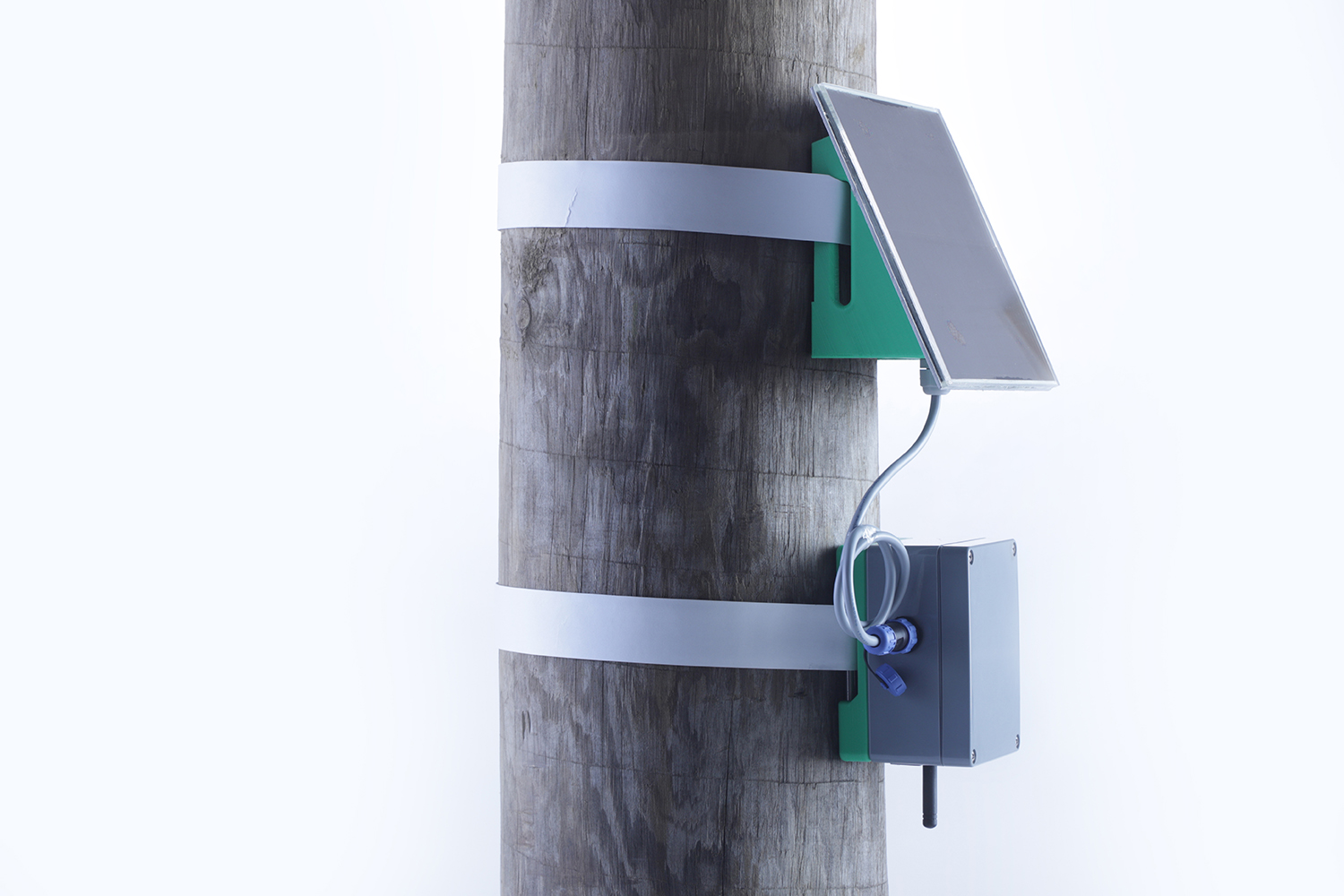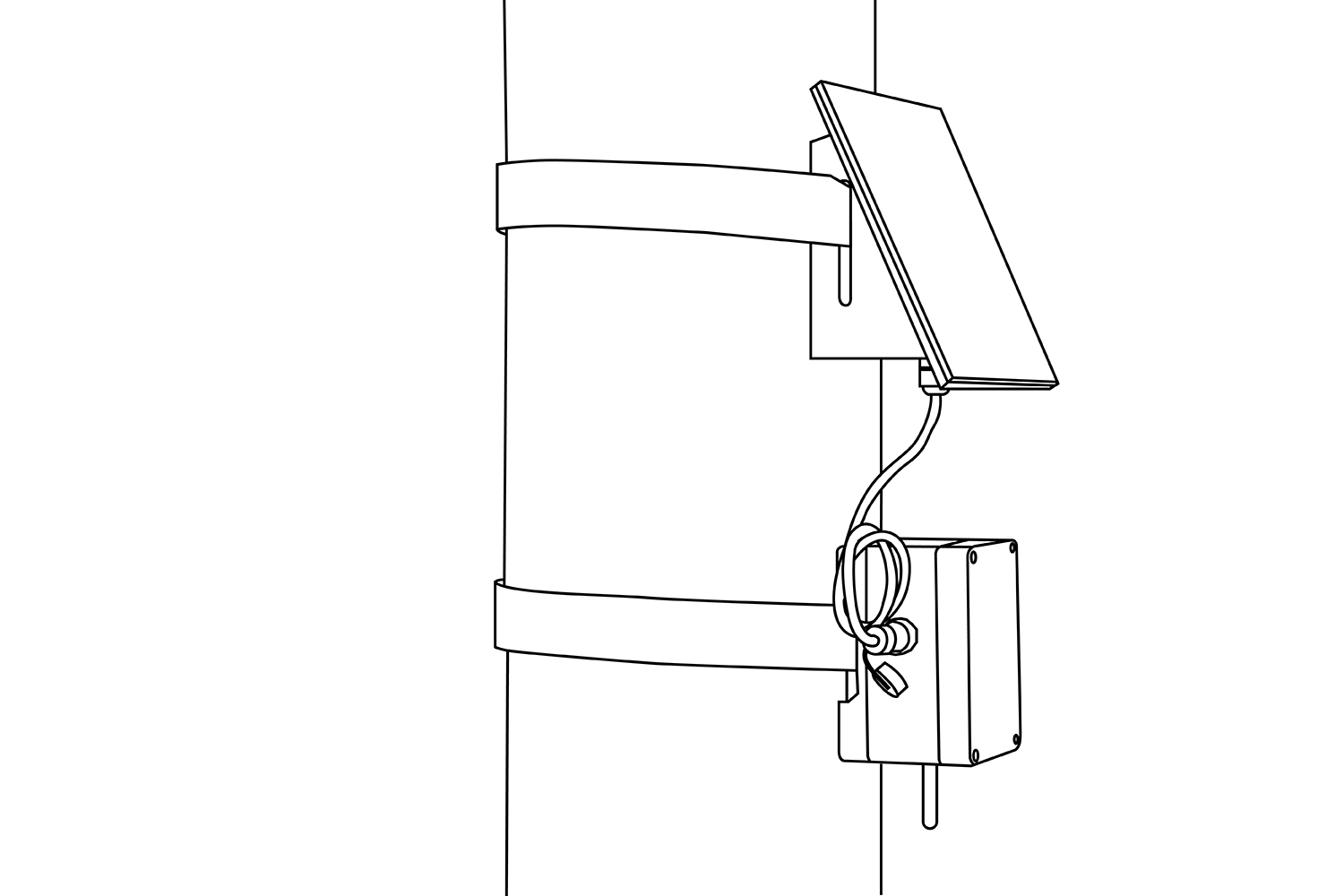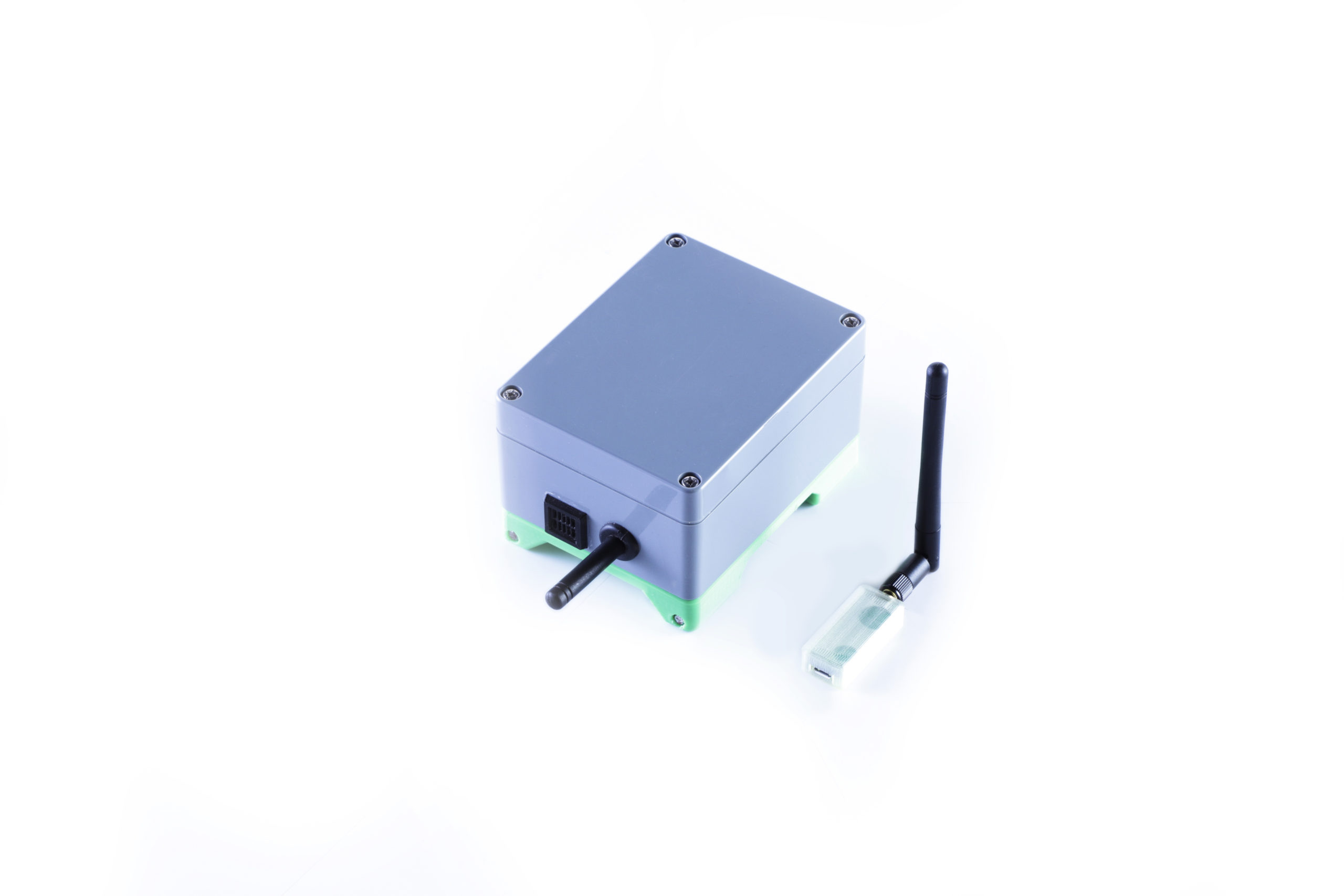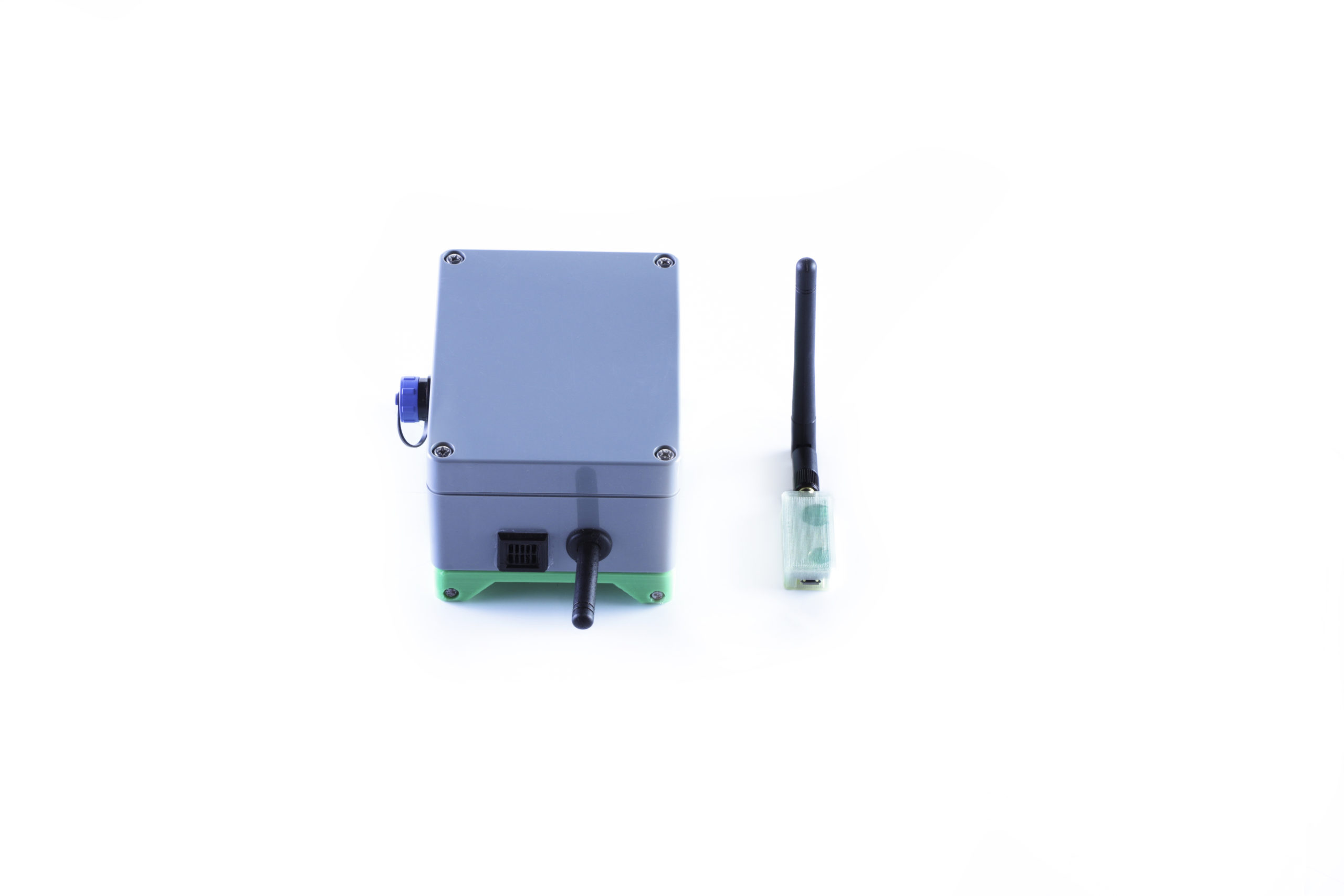SMART POLE
Recently, we have witnessed the great development of electronics and measuring sensors and their mass use and production for installation in mobile and other smart devices. There is a large selection of components on the market that are of sufficient quality and at the same time affordable, which allows them to be used for various applications. Thus, the idea of monitoring and controlling the behavior of poles in electrical or telecommunications networks was born. The introductory idea was realized in the research and development project “Smart wooden poles for electricity distribution networks” where we developed devices for determining the quality and monitoring the condition of wooden poles in the electricity network. The aim of the research and development project was to determine methods suitable for recognizing and measuring the properties of wooden poles to determine their quality, condition or wear and tear throughout the service life and to develop a working prototype of the devices.


THE IDEA BEHIND THE PROJECT
All over the world, electricity and telecommunications distribution networks use wooden poles as a supporting element for power or information transmission conductors. Wooden poles have some positive properties: low cost, placement in the environment, they are an electrical insulator, a natural renewable material, CO2 storage, but they also have a negative property, that is, deterioration. The service life of the poles varies, depending on the type of wood, impregnation, quality, external influences and ranges from 8 to 25 years. Network owners do not have information on the current status of individual poles, and the failure of the pole can mean the interruption of the supply of services (electricity) and a general danger to the environment. Electricity distributors therefore systematically carry out visual inspections of each pole on an annual basis to assess whether replacement is necessary or not. Visual inspections are relatively inaccurate (no internal damage can be observed, which is very common), but at the same time they require a lot of resources and represent a high cost of maintaining the entire system. The consequence of the current method of inspection is the risk of collapse or non-optimized pole replacement which further raises maintenance costs or leads to pole demolition.
As part of the research and development project, a prototype system was developed for determining and monitoring the quality and condition of a wooden pole throughout its entire life. Monitoring can start from the very beginning with the process of purchasing a wooden pole throughout the completed service life and replacement of a pole. The system consists of two devices, the first of which is intended to determine the quality of a new, not yet installed wooden pole, and the second to continuously monitor it. The system is based on the assessment of the quality of the density of the wood mass of an individual pole and the measurement of changes, as the basic density of the wood mass and irregularities have a strong influence on the service life of the poles. The system works in two phases, with the first device sorting wooden poles by quality and measuring the properties that will affect the behavior of poles in use, and with the second it monitors the condition or wear and tear of a standing wooden pole in the network. The device measures the behavior of the pole and reports the measurement results to the database. By comparing data over a period of time, we can analyze how behavior changes and thus determine the degree of wear and tear or we determine whether a drug change is required.
The goals of the research and development project were met, working prototypes of devices were made and performance tests were performed. The device for determining the quality of new poles is a manual device that works on the principle of measuring the frequency of its own longitudinal oscillation of a wooden pole. The device shows the quality of the measured pole and saves the measurements and other characteristics in a database. With the device, the buyer of poles can choose to purchase according to quality and, if necessary, install poles of better quality in places where the exposure is higher due to weathering or the replacement of poles is difficult due to the terrain. Another device designed to monitor the condition or wear and tear of standing poles in the network is a device that is mounted on the pole itself. The device measures the oscillation of the pole, direction, frequency, displacement. The measured quantities are processed in the processing unit and sent to the database via the LoRa system. The device is powered by a battery that is charged by a solar cell. It can instantly report unforeseen events, such as a sudden pole crash (accident). By analyzing the results of measurements, we can determine whether changes are taking place on the pole, which indicate a reduced strength of the material and, consequently deterioration.
The research and development project was co-financed by the Republic of Slovenia and the European Union from the European Regional Development Fund.



